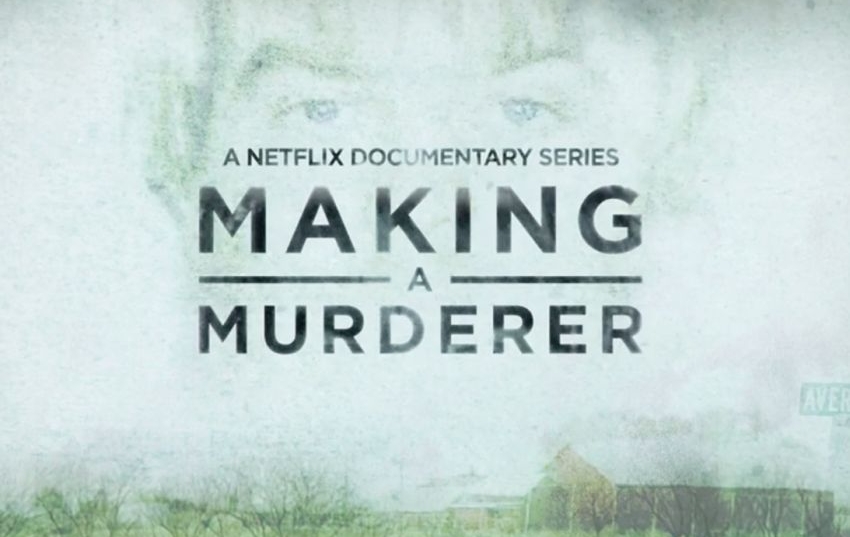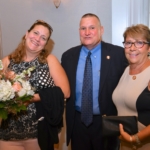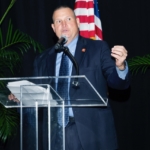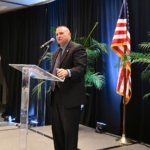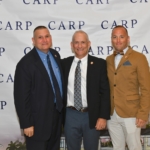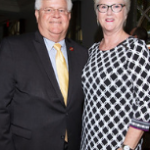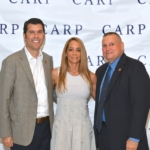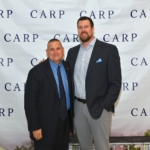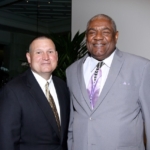2016

Separating Fact from Fiction in “Making A Murderer”
Kelly Landers / 0 Comments /The Netflix documentary “Making a Murderer” is a 10-part series that tells the story of Steven Avery, a Wisconsin man wrongfully convicted of sexual assault in 1985. Avery served 18 years in prison, only to be accused, two years after his release, of killing Teresa Halbach, a freelance photographer. What “Making A Murderer” makes clear is that in a criminal prosecution, things can and do go wrong.
Following are three key practices that the series brings to light, which I have observed as a West Palm Beach criminal defense attorney practicing for more than 22 years. In an attempt to separate fiction from fact, I’ve presented three facts below, with supporting evidence.
FACT: Innocent people can and do lie, providing a false confession, in response to stressful interrogation techniques.
According to the Innocence Project, a nonprofit legal clinic dedicated to exonerating people who have been wrongfully convicted, in an an analysis of hundreds of cases going back to 1989, false confessions were found to be one of the leading causes of wrongful convictions – at 13% overall. However, in homicide cases exclusively, the rate increases to 63%.
FACT: Police officers have manipulated evidence in past cases that was used to convict suspects.
According to a report by the National Registry of Exonerations, there were at least 1,100 cases between 1989 and 2012 involving individuals convicted of a crime and later exonerated, in which police corruption was involved. The report notes that officers in these cases “systematically framed innocent defendants for non-existent crimes, mostly possession of illegal drugs or guns.”
FACT: Forensic science has limitations, which are often not given proper consideration during the trial process.
Improper forensic science , according to the Innocence Project, is one of the leading causes of wrongful conviction.
“Too often, forensic analysts’ testimony goes further than the science allows,” research from the Innocence Project demonstrates.
Many forensic techniques that have been practiced for years — without the benefit of sufficient scientific research — are accepted and repeated as fact. Juries are left with the impression that the evidence is more scientific than it is, and the potential for wrongful convictions increases. -The Innocence Project
The nonprofit points out that while the vast majority of forensic scientists are ethical and responsible, mistakes do still occur. Take the FBI’s admission that from 1972 through 1999, almost every single examiner in the bureau’s elite forensics unit gave flawed testimony in nearly every trial in which they presented evidence against defendants.
A criminal defendant’s best course of action is to secure representation by an experienced criminal defense attorney with trial experience, who is familiar with law enforcement and prosecutorial practices that threaten criminal rights.




